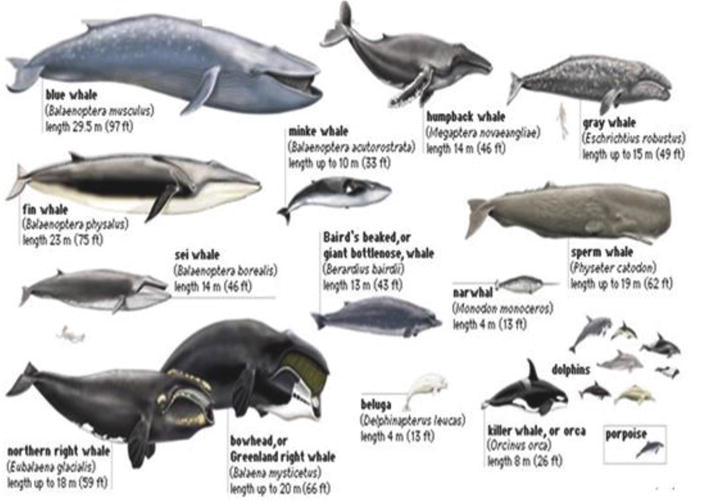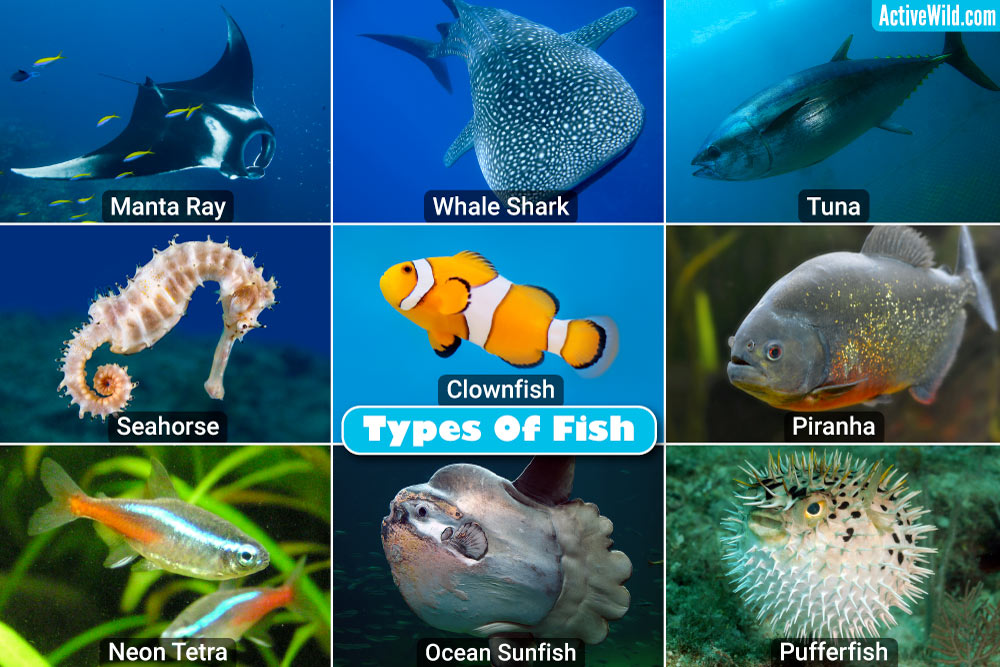Basking Shark: Fascinating Facts About the Gentle Giant
Basking Shark: Fascinating Facts About the Gentle Giant===
The basking shark, scientifically known as Cetorhinus maximus, is a magnificent and enigmatic creature that captivates marine enthusiasts worldwide. As the second-largest fish in the ocean, after the whale shark, this gentle giant is distinguished by its massive size, unique feeding habits, and intriguing behavior. In this article, we will explore the various aspects of the basking shark, from its physical characteristics to its conservation status and human interaction.
===Physical Characteristics of the Gentle Giant===
The basking shark boasts an impressive physique, reaching an average length of 6-8 meters (20-26 feet). Some individuals have been recorded to grow up to a staggering 12 meters (39 feet). Despite its massive size, this shark’s body is surprisingly streamlined, allowing it to navigate through the water with ease. Its body is covered in a tough, dark gray to brownish skin, which is often marked with scars from encounters with parasites or other sharks.
One of the most distinctive features of the basking shark is its enormous mouth, which can open up to one meter wide. Inside this cavernous mouth, rows of tiny, hooked teeth are arranged in a mesh-like structure. Despite the intimidating appearance, these teeth are not used for hunting but rather for filter-feeding on plankton and tiny marine organisms.
===Habitat and Distribution of Basking Sharks===
Basking sharks are found in temperate and cold waters around the world, primarily in the Northern Hemisphere. They are commonly sighted in coastal areas, including the northeastern and northwestern Atlantic Ocean, as well as the northeastern Pacific Ocean. During the warmer months, these sharks migrate to regions with rich plankton blooms, such as the waters around the British Isles, where they gather in large numbers.
These majestic creatures are highly adaptable and can be found at various depths, although they tend to prefer surface waters. They are known for their ability to bask near the surface, hence their name, as they swim slowly with their dorsal fin exposed, often mistaken for a shark in distress.
===Feeding Habits: A Filter-Feeding Marvel===
The basking shark’s feeding habits are truly remarkable. Instead of actively hunting prey, these gentle giants rely on filter-feeding to sustain themselves. They open their mouths wide and swim through dense patches of plankton, filtering the water as it passes over their gill rakers. These modified gill arches act as a sieve, trapping the tiny organisms and allowing the shark to consume them.
To meet their enormous energy requirements, basking sharks need to consume large amounts of plankton daily. Estimates suggest that an adult basking shark can filter up to 2,000 tons of water per hour, extracting the necessary nutrients from the plankton. This unique feeding strategy makes them an essential part of marine ecosystems, contributing to the balance and health of the oceans.
===Reproduction and Life Cycle of Basking Sharks===
Basking sharks have a slow reproductive rate, with females only giving birth to a small number of pups every few years. The exact reproductive process of these sharks is largely unknown, as mating and birthing have rarely been observed in the wild. It is believed that they engage in internal fertilization, with males using claspers to transfer sperm to the female.
Gestation lasts for approximately one year, after which the female gives birth to live young, known as pups. These pups measure around 1.5-2 meters (5-6.5 feet) in length. As they grow, basking sharks experience a slow growth rate, taking several years to reach maturity. Their lifespan is estimated to be around 50 years, but this is still subject to further scientific investigation.
===Behavior and Social Structure of Basking Sharks===
Basking sharks are generally solitary creatures, preferring to swim alone or in small groups. However, during the summer months when they gather in areas with abundant food, they can be observed forming loose aggregations. These groups often consist of individuals of various sizes, indicating that basking sharks do not display strict social hierarchies.
Their behavior is characterized by a slow and leisurely swimming style, reaching speeds of around 5 kilometers per hour (3 miles per hour). They are non-aggressive towards humans and other marine species, making them a popular attraction for divers and wildlife enthusiasts. However, caution must still be exercised, as their massive size can inadvertently cause harm.
===Conservation Status and Threats to Basking Sharks===
The basking shark is currently listed as vulnerable by the International Union for Conservation of Nature (IUCN). Although they are not targeted by commercial fisheries on a large scale, they face numerous threats that impact their population. These threats include accidental capture in fishing gear, habitat degradation due to pollution, collisions with boats, and climate change affecting their food sources.
To safeguard the future of basking sharks, conservation efforts are crucial. International agreements and regulations have been implemented to protect these gentle giants, including fishing restrictions and designated marine protected areas. Furthermore, public awareness and education play a significant role in ensuring their conservation and promoting responsible interactions with these magnificent creatures.
===Human Interaction: Benefits and Challenges===
Basking sharks have both positive and negative interactions with humans. On the one hand, they contribute to ecotourism, attracting divers and wildlife enthusiasts to witness their awe-inspiring presence. This form of tourism benefits local economies and raises awareness about the importance of conserving the marine environment.
On the other hand, human activities pose challenges to the well-being of basking sharks. Collisions with boats, accidental entanglement in fishing gear, and disturbance caused by excessive boat noise can all have detrimental effects on their behavior and health. Therefore, responsible boating practices, such as maintaining a safe distance and reducing noise pollution, are essential to minimize human impact on these gentle giants.
The Gentle Giant That Captivates Us===
The basking shark, with its massive size, unique feeding habits, and intriguing behavior, continues to fascinate researchers and nature enthusiasts alike. Their presence in our oceans is a reminder of the delicate balance of marine ecosystems and the importance of their conservation. By understanding their physical traits, habitat, behaviors, and the challenges they face, we can ensure the continued existence of this majestic and gentle giant for generations to come.



